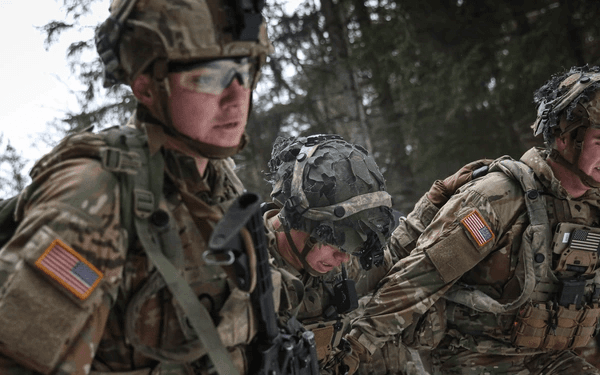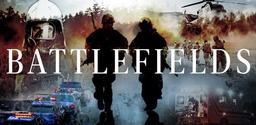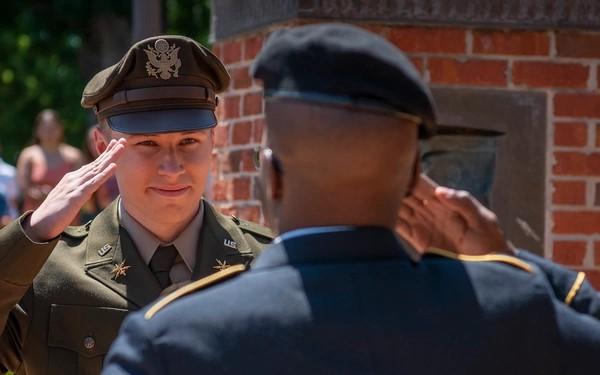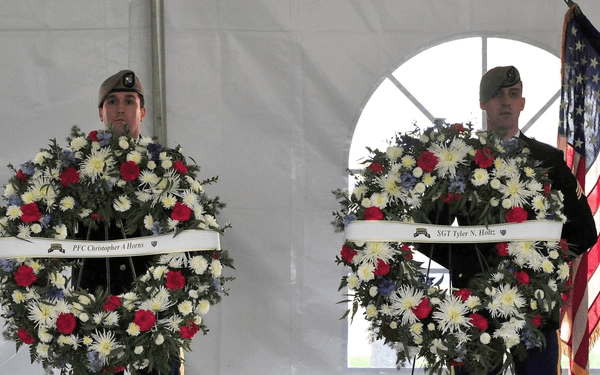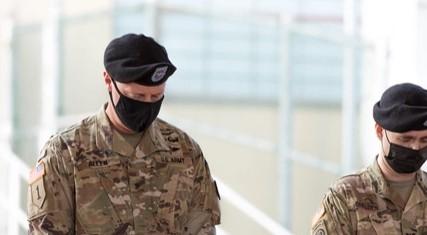Commentary
During my time in the Army, I had the great fortune to “unplug” from the operational Army and be a graduate student at Princeton University. During that time, I must admit I was chasing ghosts. I toiled and mulled over thoughts and feelings wondering: “Is there something wrong with me?” Sadly, veterans and the military have been used as political footballs on many occasions. Inconsistent and overinflated statistics of veterans with post-traumatic stress disorder (PTSD) are touted by politicians to score points or attempt to skew arguments in their favor.
